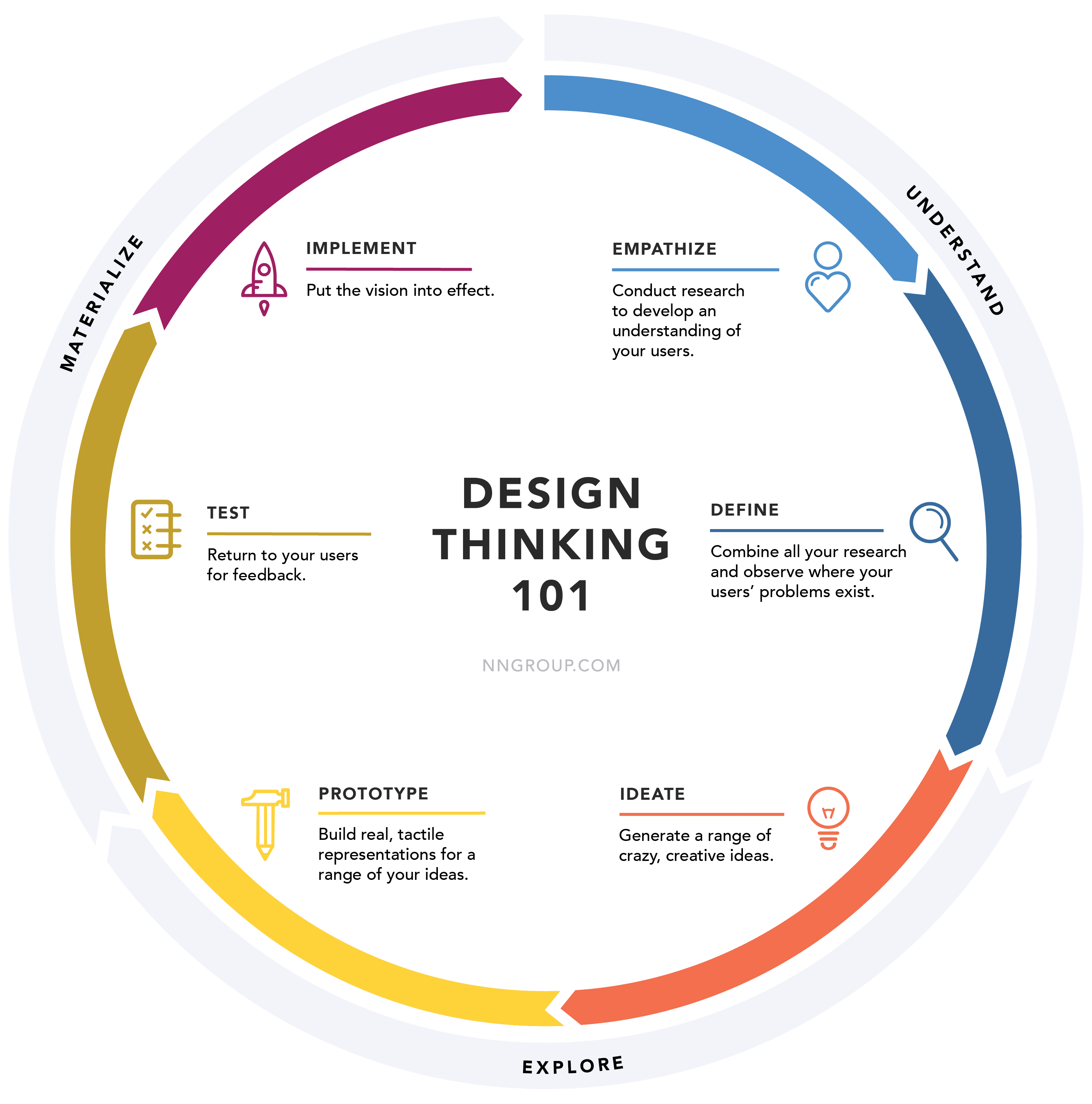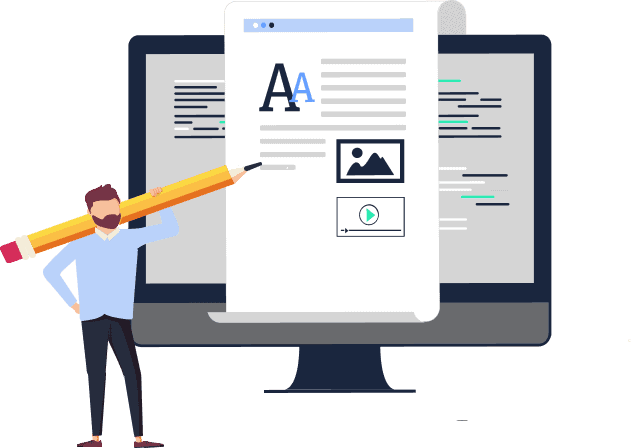

When I joined Stash, a relatively new fintech startup, I knew the challenges before me: I was the only UX writer joining a team of 8 product designers and 4 researchers. I would be a team of one as the sole UX writer.
At my last job as a content strategist, I was embedded on a product team. We all knew each other’s work and aligned and agreed on priorities. We had a clear sprint structure and deadlines as well as clarity around success. At Stash, I’m everywhere, and that sort of structure isn’t established in my day to day. As a result, I have to own my schedule, projects, priorities, and follow other people’s deadlines.
After a lot of work—and ups and downs—I figured out a way to make my role work and advocate for my discipline in an organization that is still learning the importance of content strategy and UX writing. Here’s how you can, too:
When I first joined, people wanted to show me their designs at the end to “fix the copy.” I realized I had to introduce language to help people understand that I also provided value as a strategist and collaborator. “Let’s work together on content,” I’d tell them.
Content coming in at the end versus the beginning of a design determines how you give feedback as well as structure your work and output. Content informs design, but in a fast-paced environment where designers had a writer review designs at the end of the process, I was initially seen as a box to check, rather than as a collaborator and strategic partner. Introducing a new role to the team meant I needed to share my value.
Messaging strategy, content, narrative: As I got to know the team as the sole UX writer, I started to introduce language to help define my work and value. Yes, I can edit and fix grammar, but my value comes as a collaborator—not simply writing copy but creating a meaningful user experience. Remind your coworkers the value that you bring. Words are design.

As a UX Writer, you touch on these parts of the process.
At the beginning, a lot of my struggle came from not having a clear understanding of what my work and output would look like. Because startup life changes day to day, and I wasn’t embedded on a specific team, I learned that the only way to stay afloat—and not go insane—was taking work week by week. This meant connecting with designers at the beginning of each week, usually in status update meetings, to determine what my workload would look like.
Determining and defining your work can help you set clear deadlines, define outcomes, and propose solutions.
Finding a way to prioritize my work took a couple of tries. In a startup, projects move very quickly, and it was easy to fall in the Slack hole of responding to every message so that I had eyes on flows before they shipped. The downside is it’s not very sustainable. To better streamline my work, I created a structure that helped define my work while also staying on top of the team’s work to create clear, meaningful, and holistic content.
I make sure to communicate to directors in product design and my own so that everyone is clearly aligned on objectives and the projects that will be prioritized for the week. At a high level, I’ve created a process that’s worked for me as the sole UX writer:
1. Create a narrative check-in
This is the most crucial step in the collaboration process: Align on a messaging strategy with your designer before anyone creates wireframes. This is where you’ll connect with design and research on the user and business problems/goals and hypothesis, and work together to outline a solution.
2. Connect before user testing
You want to make sure your words are on the page when people are reading them—especially in a user testing environment. You never want to put any placeholder copy in front of people because this is the time to see what resonates with people. You’re measuring not only readability but content comprehension. Do readers understand what you’re offering and the value it provides? Having a content-first approach helps you have a more successful usability test.
3. Add a final check-in
Before sending it off for final approval—or before the project goes live—have a final check in with designers to make sure the right content is in the right place.
While not a perfect system (yet!) I’m working to refine where things slip through the cracks, what’s working, and where we can improve. At the very least, I’m constantly in communication with my design team so that we’re continuing and committed to providing a consistent voice and tone throughout the user journey.
In order to effectively follow a process that involves a lot of collaboration, you have to build respect and trust. And that comes with a lot of relationship-building. To succeed, I needed to establish trust and respect with each teammate (many of whom had never worked with a writer before) so that eventually, they’d feel comfortable sharing and collaborating on designs.
To build trust and set expectations around the prioritization of work each week, I created a spreadsheet, updated each week, that I share with the product team so everyone is aware of the projects and deadlines. Being transparent with my workload gives me more power to say “no” when I need to while also allocating enough time with teammates to ideate, execute, and ship our work.
 A spreadsheet I use to track my projects and deadlines. I typically pair projects with designers.
A spreadsheet I use to track my projects and deadlines. I typically pair projects with designers.
When I interviewed for this role, I asked my boss how he measured success. His answer was one of the best takeaways I’ve gained as a strategist and writer: Think in systems.
In a startup, you have to think about how your work will scale. Can that term exist when you add more functionality? What about when another feature is introduced? Though work is fast-paced, you have to remain strategic and focus on quality.
Some things you may consider:
What would this look like in 3, or even 6 months?
It’s easy to think day to day in a startup environment, but it’s crucial to think long-term. (e.g. would this term still make sense if we pivot in a certain direction?)
Kill the bad
Seeing mistakes/typos/errors in the app and don’t have a QA process for copy? Create a monthly QA with an engineer where you tackle outstanding issues and tag appropriate PMs to resolve.
Be flexible
Say you’re working on a new feature. Is it made in a way that—with different information—you’d still be able to present it in the same way?
To help my designers have space to come to me when they had more finalized designs—but before it had gone into user testing—I set up office hours each week. People can sign up and get feedback, and I get more context on work that I may not have had time to align on previously. Making yourself available, giving access to my discipline has allowed me to advocate for it in a way I wouldn’t have space to otherwise.
As our startup developed, so did our style guide. As our team built it out, I created a product writing section that focused on in-app writing, best practices, and terminology. Having a single source of truth helps you refer back to your principles in a single place while also reinforcing the importance and necessity for it. I think of it as a living document that I continue to return to as we update/add terminology, features, and components.
One of the greatest things about being the sole UX writer is that you are one of the few people in the weeds who also gets to see the experience holistically.
In advocating for yourself, show people how much good copy affects the user experience. Share the data—successful A/B tests, for example—that make a business case for how great writing means more money saved or earned.
Insert yourself into parts of the experience that could be confusing or misleading, like content dealing with sensitive information. How would you ask for an SSN or places with opportunities for higher conversion.
By being a part of the design organization, you’re able to help the team move faster, provide consistency across the product, and achieve better outcomes for the business.
You get to be the bridge-builder, situated perfectly between product, marketing, and other stakeholders. I knew what work was coming down the pipeline, working closely with designers, research, PMs, and engineers. I could help copywriters understand the work in order for them to tell the right narrative to share with customers.
Being a sole UX writer at your company can be challenging but also incredibly rewarding. Remember: you own the words, which means you get to help craft how the story unfolds, whether that’s an onboarding flow or a simple error message. And by collaborating with designers, maintaining a content-first approach, and creating a consistent and cohesive voice and tone, you’re creating a more unified product, and by extension, a more unified user experience.
Kendra Ralston is a UX writer at Stash. Connect on LinkedIn.

Explore our content design and UX writing training:
Get our weekly Dash newsletter packed with links, regular updates with resources, discounts, and more.
